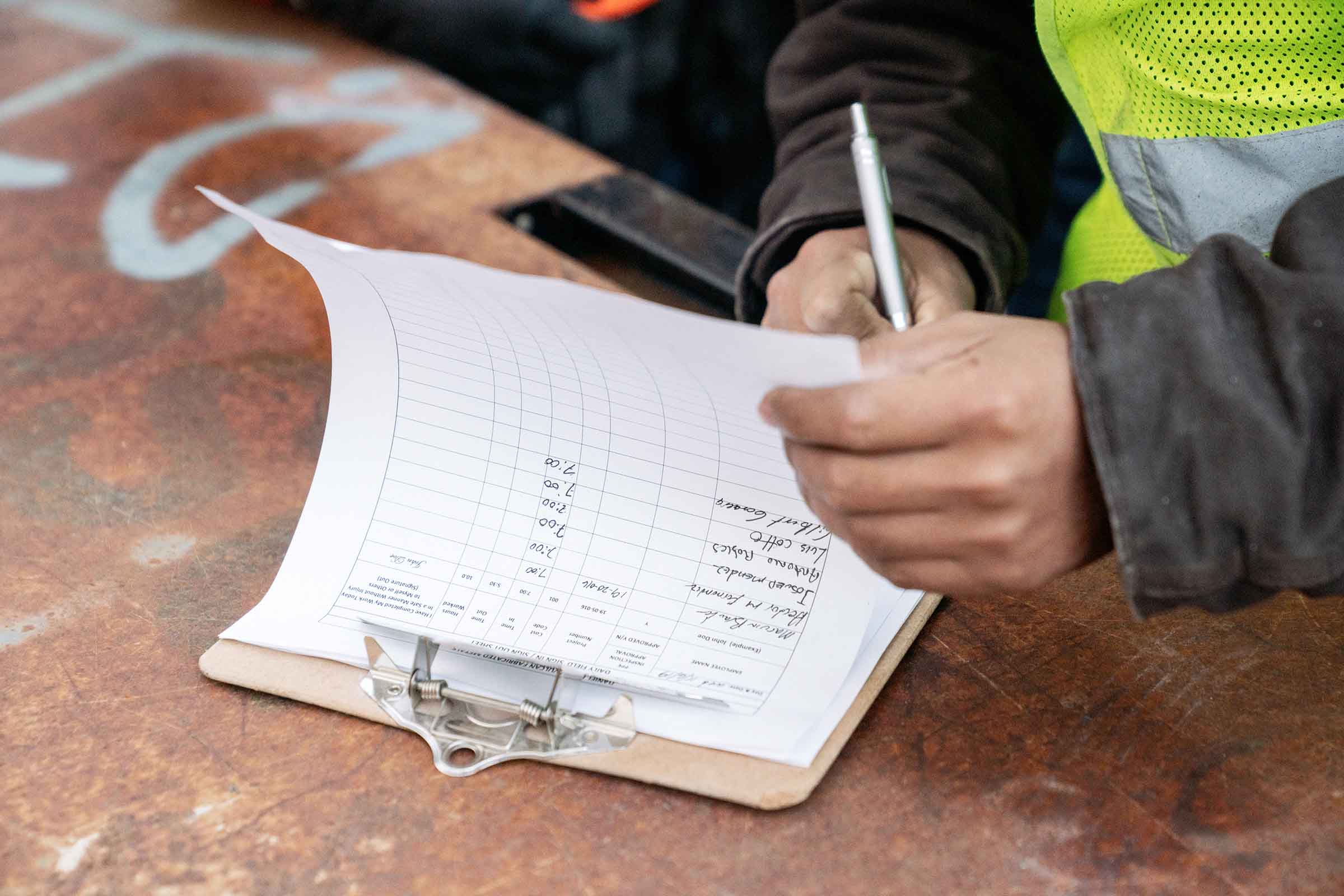
A project can only be successful if everyone involved is measuring success the same way. As an owner, you have to build a capable team you trust to work with you and clearly define what your project’s priorities are. These priorities are called the conditions of satisfaction, or a list of what has to happen and when for the project to be a success. These conditions go beyond the basic goals of completing a project on time or within budget. They are clear expectations that are very different for every client. These clearly defined goals also help build trust and confidence between you and your project team. Here are four steps to consider when establishing the conditions of satisfaction on your next project:
1. Collaborate Early
Conditions of satisfaction should be identified and communicated as early in the project as possible. This is why it’s important to engage your contractor early in the design phase. Together, your design team and contractor can work with you to create project-specific conditions of satisfaction. If these conditions are identified early, your contractor can ensure each trade partner who is hired onto the project understands the expectations for the project from the outset.
2. Get Specific
Project success looks different for every project, because every client and every project are very different. A developer carefully trying to manage investments from lenders will have a very different set of criteria compared to someone who is renovating their father’s legacy project. According to the Lean Construction Institute, it’s typical to set 8 to 15 different conditions of satisfaction. The conditions could include: in how many months a project will be delivered, how many change orders are acceptable, or detailed quality requirements. By being specific, there is no margin for misunderstanding.
3. Separate the Have-Tos from the Want-Tos
There is a big difference in the details of needs versus desires. Valuable time and effort can be wasted chasing the wrong things early in a project. If an owner can clearly prioritize what is most important, the team can focus on the mission critical items first, optimize the design to meet the budget, and then fill in as many of the desired items as feasible while keeping the project moving forward purposely. Time wasted chasing the wrong details early on can jeopardize an entire project by wasting the most valuable time of a project – the planning.
4. Fill in the Details
How will your condition be measured? What steps must be taken to meet this condition? Who all is responsible for contributing to meeting this condition? When finalizing your conditions of satisfaction, leave nothing up to guesswork. The more detailed and specific they are, the more successful the entire project team will be in meeting them.
Conditions of satisfaction are an indispensable tool to ensure your project is successful in the ways that matter most to you. They are the guidelines your team will use to schedule work, make decisions, and define expectations to deliver your project. A collaboratively developed conditions of satisfaction is a detailed playbook for success.

